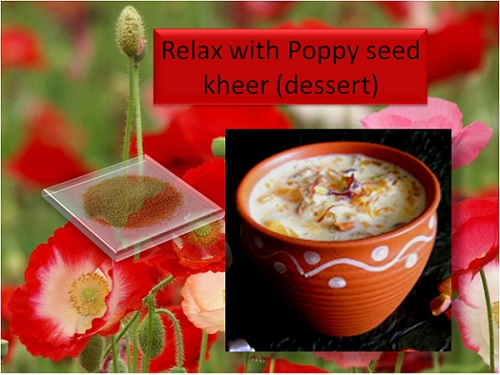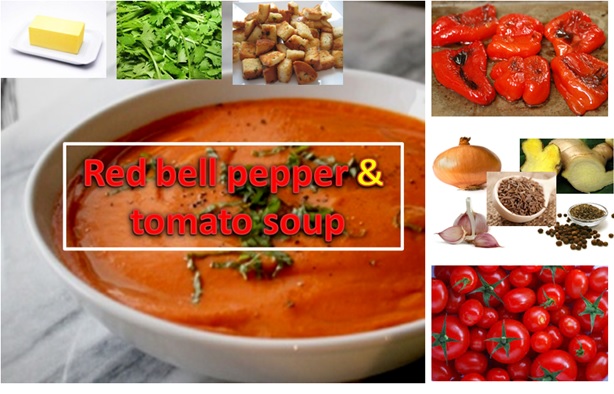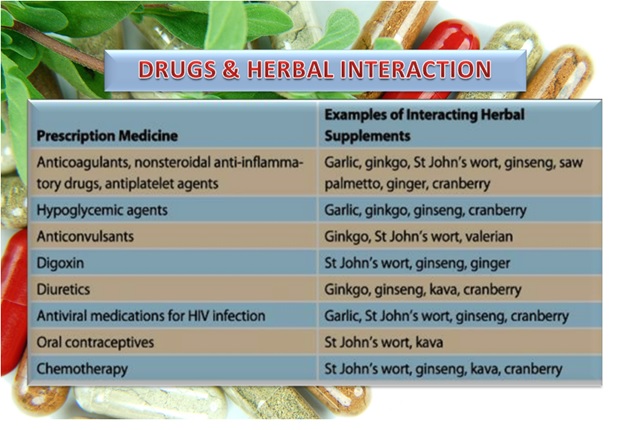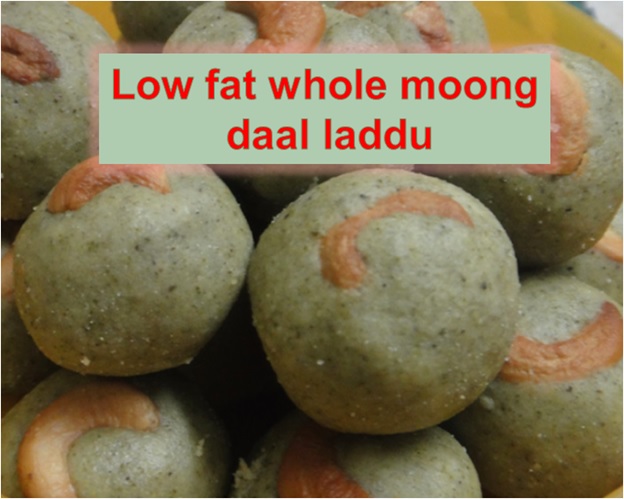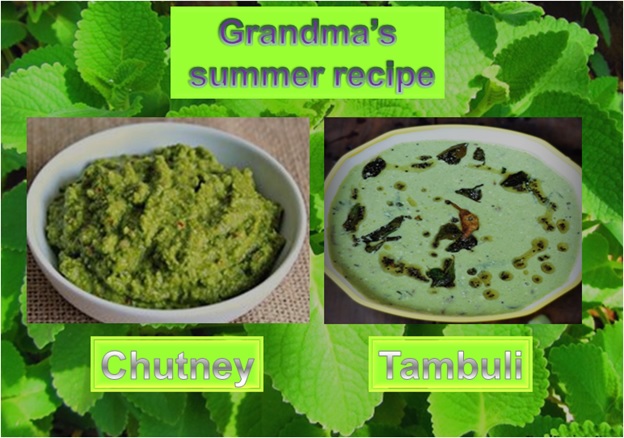
Importance of Abhyangasnana Or Oil Bath
During festival days, especially on the day of Deepavali (Diwali -festival of lights) in India people during early morning will have a special oil soaked body bath – head to toe. This is called Abhyangasnan (full body oil bath). This oil bath has many advantages and significance. One can have oil bath not only on auspicious day but can on also other days when the body and mind need to feel better.
In Ayurveda’s ancient medicinal text, the Charak Samhita there is information about regular oil massage that cleanses the body of impurities, strengthens the immune system and enhances longevity. Considered spring-cleaning for the spirit, the abhyanga snana is still very much the mainstay of many parts of India – Karnataka, Kerala, Maharashtra, Tamil Nadu and Andra Pradesh.
What is the procedure?
During festival days the ritual bath begins the night before as sesame oil is infused with herbs and water pots are cleaned, venerated and decorated with marigolds and mango leaves. The morning routine begins with the ritual oil massage followed by a body ubtan (an aromatic paste of herbs in scented oils) application, topped off with a hot water bath.
Abhyangasnana consists of an oil massage to facilitate the absorption of oil in the skin. Once the oil has been absorbed in the skin, a warm water bath is taken. On regular days, also some herbs can be infused in the sesame oil and apply to hair and body. It is important to soak the body in oil.
- Wake up early in the morning on this auspicious day (preferably before sunrise)
- Massage your entire body with sesame oil. Also, apply few drops of oil on the scalp.
- Massage in circular motion on your forehead, temples, cheeks, and jaws (always moving in a upward movement). Be sure to massage your ears, especially your ear-lobes—home to essential sensitive points and nerve endings.
- Wait for around 30 minutes to an hour before you go for a bath so that the oil is absorbed by the body.
- While bathing, apply ubtan or ayurvedic mixture and massage it thoroughly over the entire body.
- Scrub it and rinse with water properly so that the mixture is removed.
- Now, bathe as you usually do using a bathing soap.
Physical benefits of abhyangasnana
- By applying oil to the skin, skin retains elasticity. Warm water is auspicious and pleasing to the body. Bathing after an oil massage retains only the required amount of oiliness that the skin and hair require. Applying oil and taking bath has more benefits for the body – it helps the skin to rejuvenate and removes the toxins from the body.
- Massaging with oil increases the blood circulation and massaging head with warm oil relieves from stress and strains that mind is going through
- Abhyanga snan stimulates the nerves and also aids sensory motor integration and thus helps prevent neurological problems.
- The gentle oil massage relaxes the muscles, reduces inflammation and helps in strengthening of the muscle.
- Nourishes the entire body—decreases the effects of aging. It increases vision.
- Imparts a firmness to the limbs, Lubricates the joints
Spiritual significance of abhyangasnana:
According to Charaka Samhita Vol. 1, V: 88-89
A daily Abyanga practice restores the balance of the doshas and enhances well-being and longevity. Regular Abyanga is especially grounding and relaxing for Vata dosha imbalances, but everyone can benefit from this practice. “The body of one who uses oil massage regularly does not become affected much even if subjected to accidental injuries, or strenuous work. By using oil massage daily, a person is endowed with pleasant touch, trimmed body parts and becomes strong, charming and least affected by old age”
References:
Author: HealthyLife | Posted on: March 16, 2016


